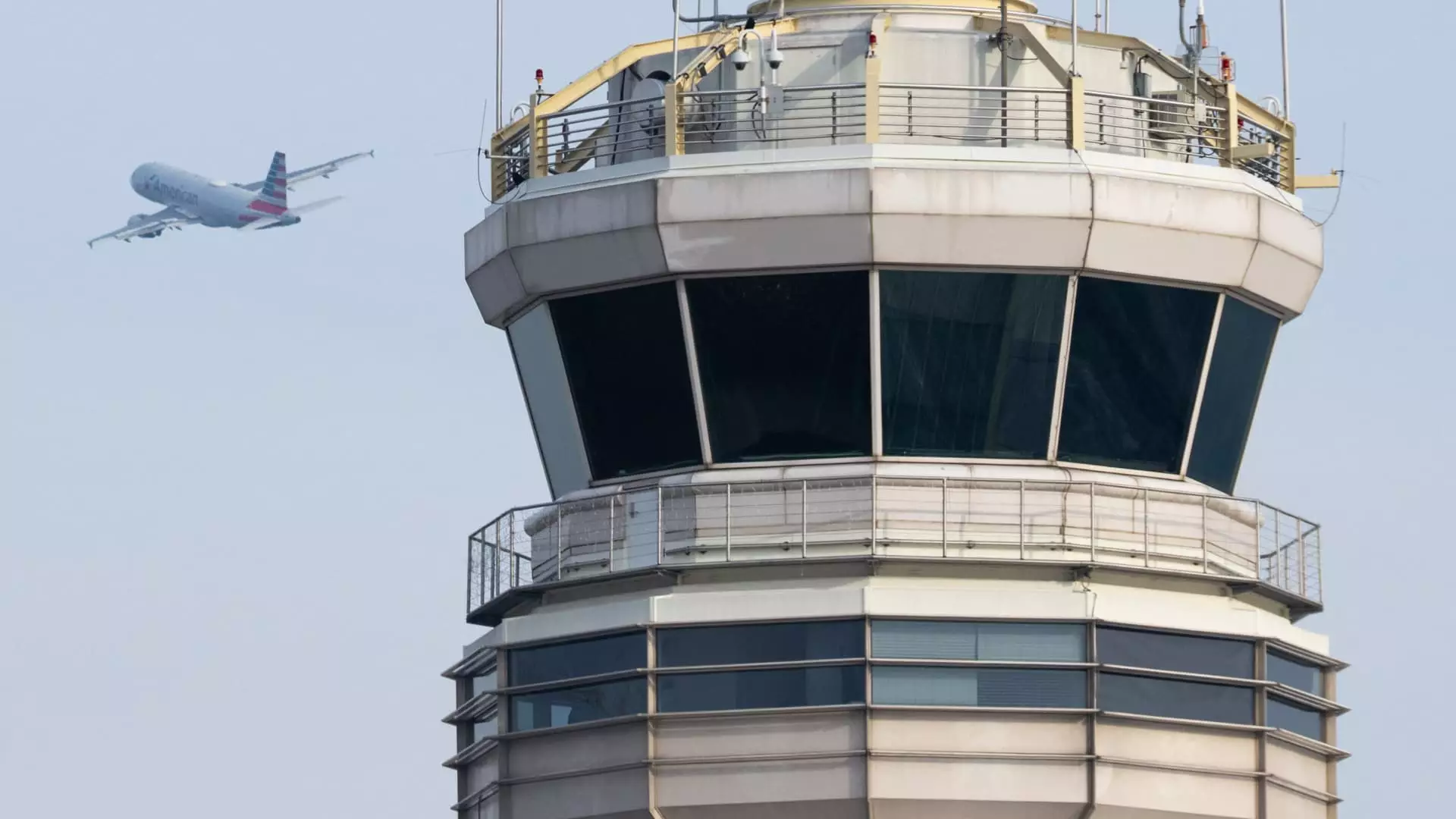The Federal Aviation Administration (FAA) has announced that it will be implementing changes to increase the required amount of rest time for air traffic controllers. This decision comes in response to concerns over fatigue among controllers, particularly amidst a staffing shortage in the industry. Under the new regulations, controllers will now be required to have a minimum of 10 hours of rest between shifts, up from the previous requirement of nine hours. Additionally, they will need to have 12 hours of rest before an overnight shift.
FAA Administrator Mike Whitaker emphasized the importance of addressing the issue of fatigue among air traffic controllers. After touring air traffic control facilities across the country, Whitaker heard firsthand the concerns about inadequate rest periods for controllers. He stated, “With the safety of our controllers and national airspace always top of mind for FAA, I took this very seriously – and we’re taking action.” Whitaker’s commitment to prioritizing safety highlights the agency‘s dedication to ensuring the well-being of both controllers and passengers.
The FAA’s decision to increase rest time requirements comes at a critical juncture for the aviation industry. The agency faces mounting pressure to enhance air travel safety following a series of close calls at airports, mechanical issues within airlines, and production challenges at Boeing. The shortage of air traffic controllers has further exacerbated the situation, leading to forced overtime and crowded schedules at certain facilities. Despite hiring 1,500 controllers last year and planning to hire an additional 1,800 this year, the FAA continues to grapple with staffing challenges.
One notable aspect of the air traffic controller profession in the U.S. is the mandatory retirement age of 56 years old. This requirement adds another layer of complexity to the staffing issues faced by the FAA. As experienced controllers reach retirement age, the agency must navigate the transition to a new cohort of controllers. Balancing the need for experienced personnel with the influx of new hires presents a unique challenge for the FAA as it strives to maintain the safety and efficiency of the national airspace.
The FAA’s decision to increase rest time requirements for air traffic controllers reflects a proactive approach to addressing fatigue and safety concerns within the industry. By prioritizing the well-being of controllers and passengers, the agency is taking important steps to enhance air travel safety and efficiency. However, the FAA must continue to navigate staffing challenges and retirement age requirements to ensure the long-term sustainability of the air traffic control system.

